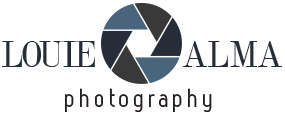Photography News: Sony a7V Imminent, Lots of Deals on Gear
About half a year ago, I had the wonderful opportunity to spend a few weeks in South America with the exceptional photographer Magda Straková. In the traditionally male-dominated world of wildlife photography, her presence brought a refreshing balance to our group. She kept spotting interesting subjects in places where my eyes completely overlooked. During that trip, Magda and I filmed the first segments of an interview that we plan to continue later this week. Its central theme will be “thinking out of the box,” and you’ll be able to watch it soon.





